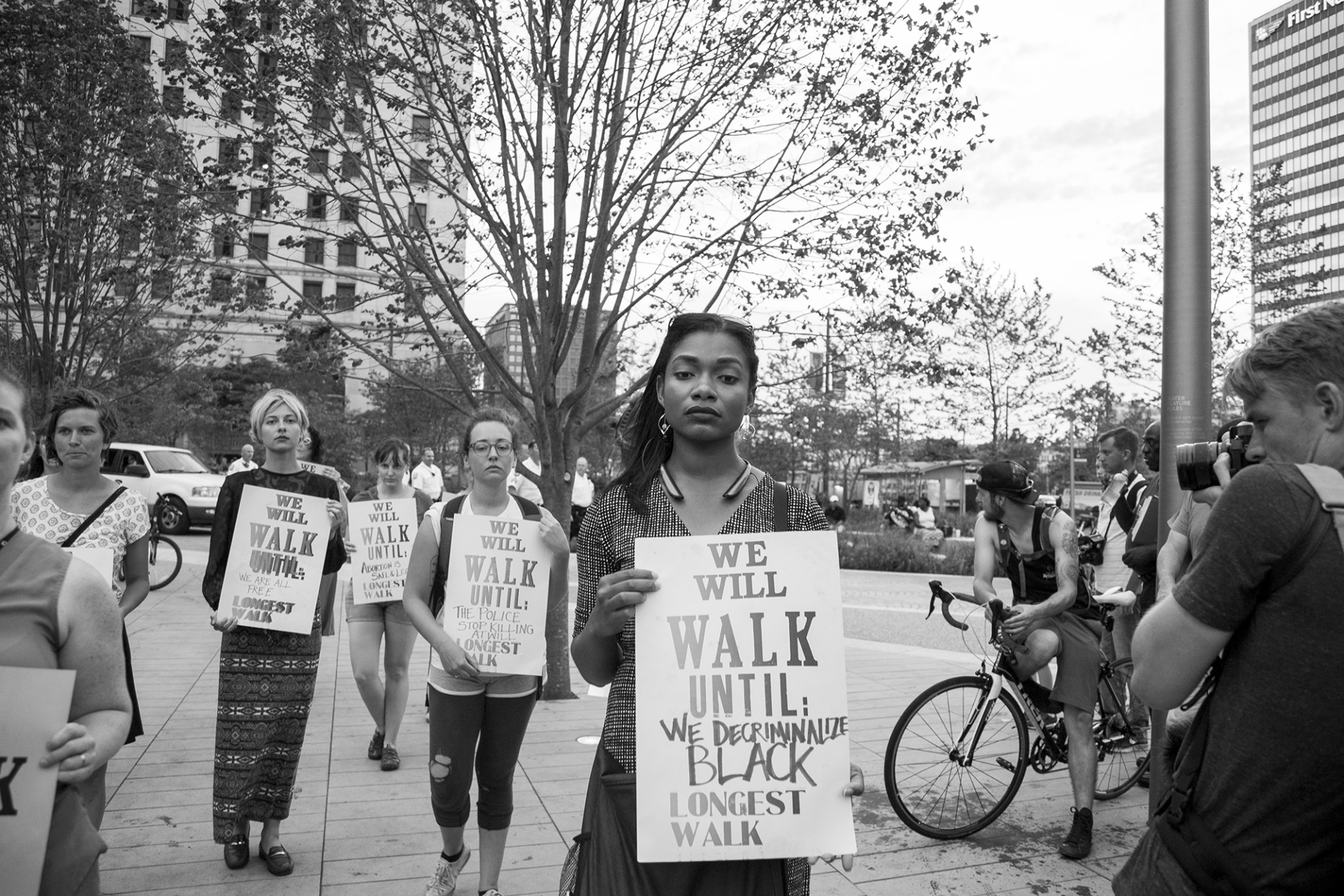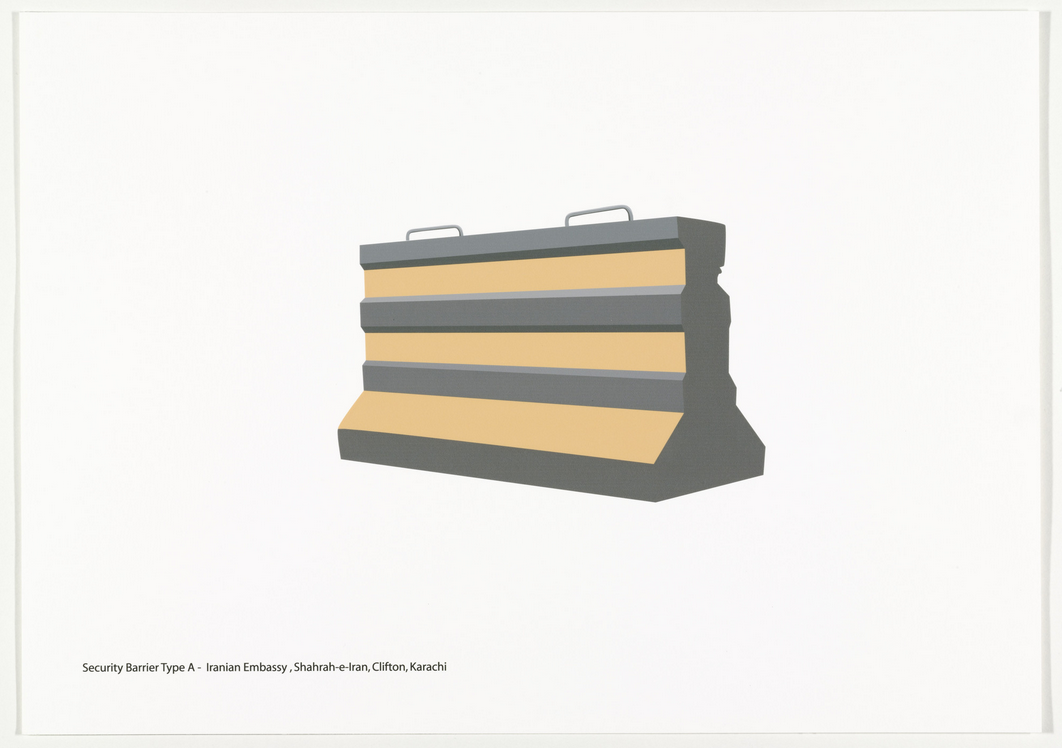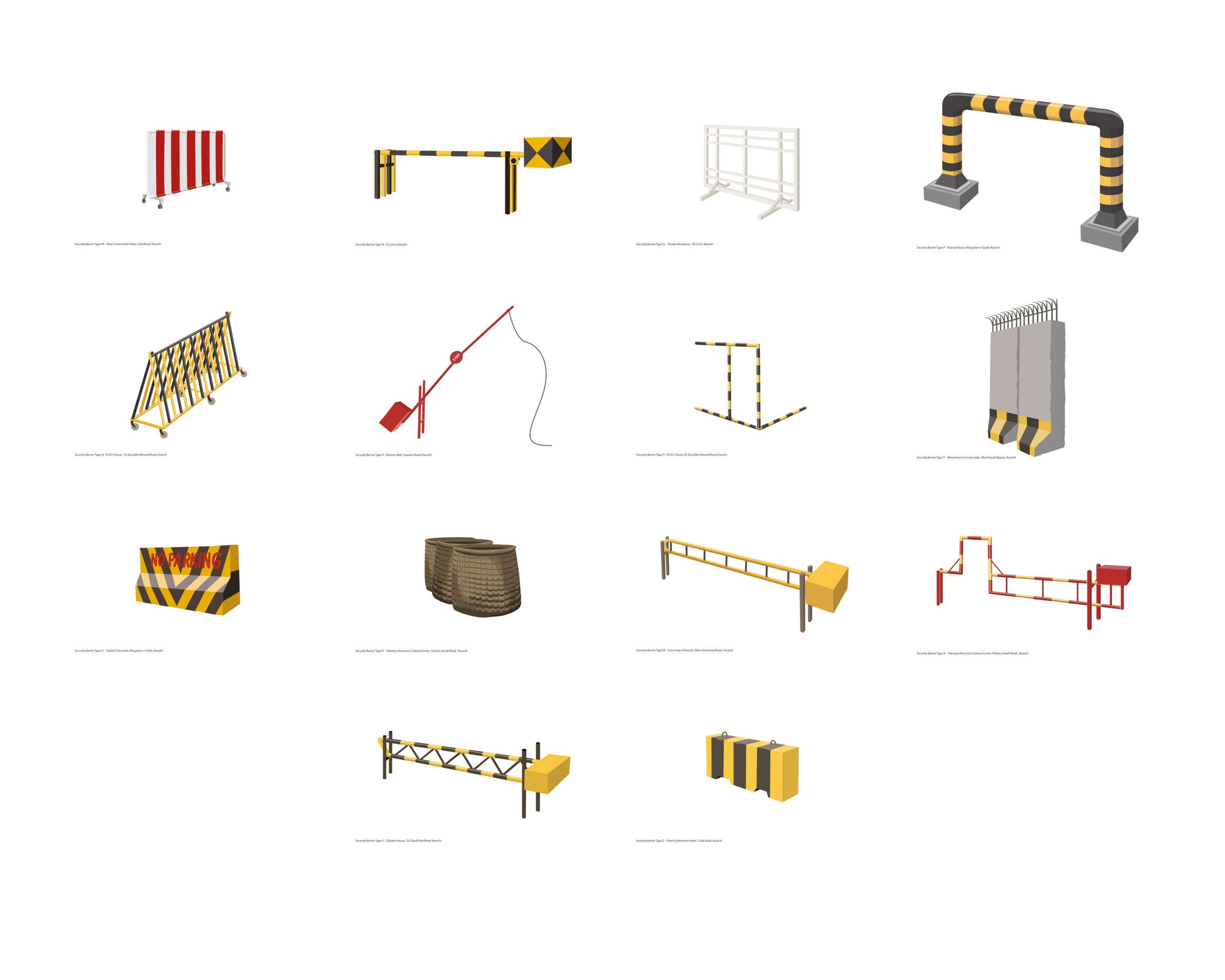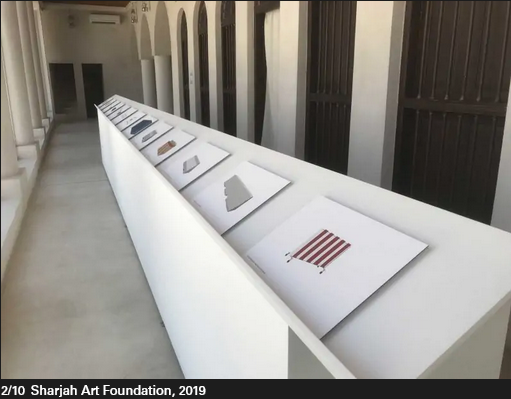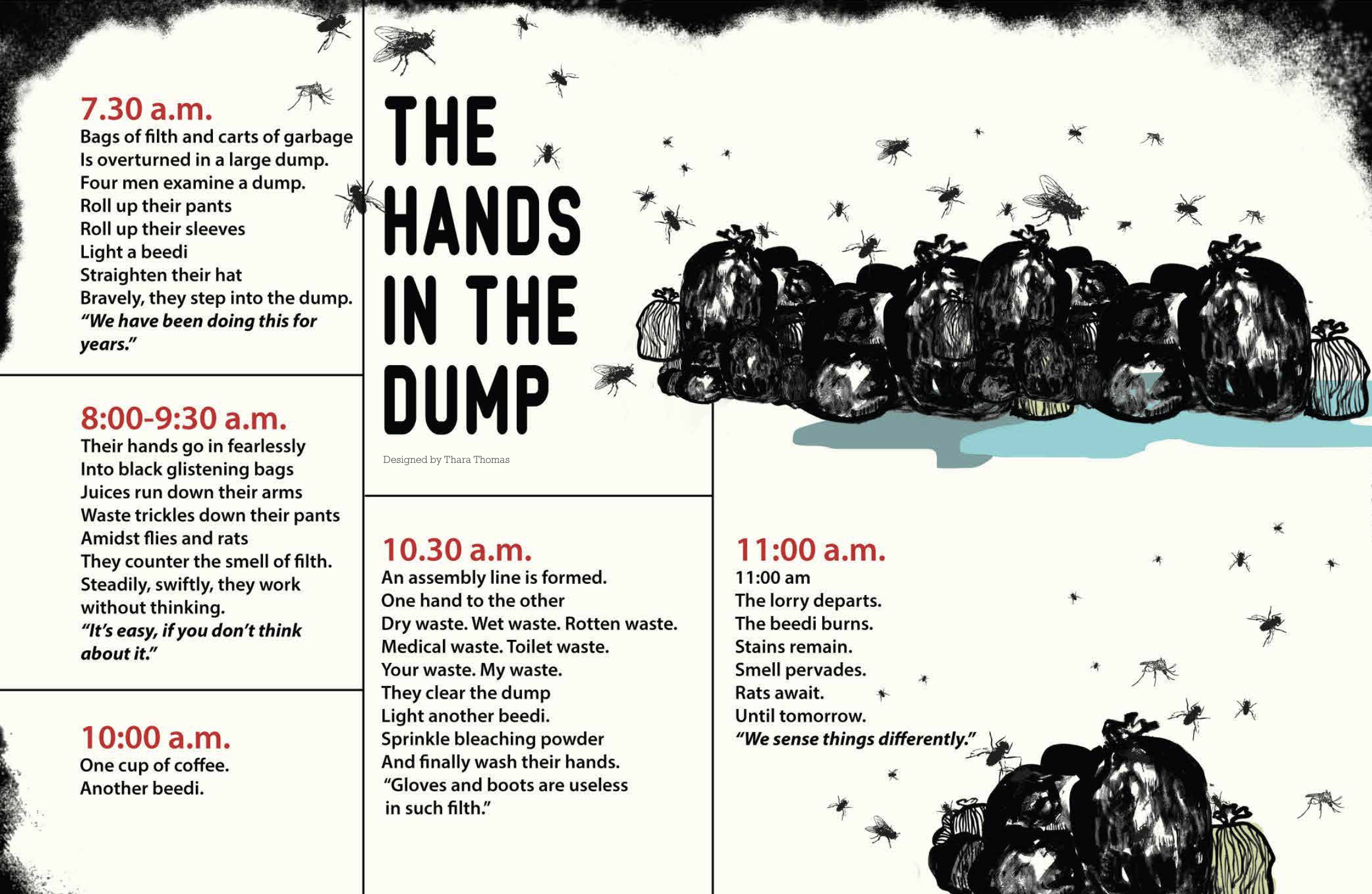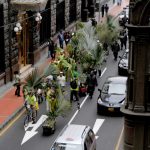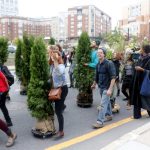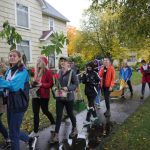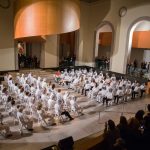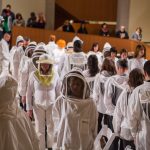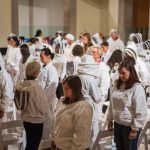| By Patrick Dow
“Walking Tools is a project undertaken by Angela Black, Nichol Bernardo, Micha Cardenas, Cicero Silva, Steve Durie, Chris Head, Atom Leonhart, Todd Margolis, Jason Najarro, Chloe Sanossian, and lead by Brett Stalbaum, academics from the University of California San Deigo (UCSD) in which they used a loose confederation of software and related art and/or education projects across various languages, platforms and disciplines to share standards for content delivery and management of Global Positioning Satellite (GPS) data (by defining an XML schema extension to the standard GPX schema), allowing media and other data to be associated with GPS data.” Source: http://www.walkingtools.net/?page_id=2
Fostered under the umbrella of the walkingtools.net website and “brand” (owned and controlled by Brett Stalbaum and UCSD as an open source software project), the supporting software for the project is titled the Walkingtools Reference APIs. (III A iv 14) Brett Stalbaum was the primary software architect and programmer for this project, which began in 2007 in collaboration with Cicero Silva, currently of the Federal University of Juiz de Fora, Brazil. The HiperGps/HiperGeo project is actually three different related softwares.
The first part is software that runs on inexpensive mobile phones that can direct a user on a tour of points of interest in a geographic area. It uses map and compass metaphors depending on GPS, and is capable of playing audio and displaying an image at the locations chosen by authors. This software was partially developed and first tested in a workshop with New Zealand students during the SCANZ 2009 Raranga Tangata Artist Residency (III A iii 28) in conjunction with the education program at at the Puke Ariki Museum Library in New Plymouth,on the West Coast of the North Island of New Zealand, from January 26th to February 8th 2009. The end result was a project titled the “Pukekura Park Demonstration/Environment and Sustainability GPS Tours.” (Section III A iv 1)
The second part of the software was developed for numerous workshops held in Brazil in 2009, including the 41st Winter Festival in Diamantina, Minas Gerais, hosted by the Federal University of Belo Horizonte (Section III A iv 2) and a Workshop titled “Locative Media: Theory and Practice” at the FILE Festival in Sao Paulo. (Section III A iv 3.) Another workshop was later held at UCSB. (Section III A iv 4). This software is a GUI for normal Mac/Windows/Linux desktops that facilitates producing content for mobile phones.
Essentially, it is a deployer for the mobile phone software (see above), allowing students to take latitude and longitude values, images, audio files and easily combine them into compiled bundles of mobile phone software that can then be loaded on a handset for use. The software allows non-technical creators to produce locative narrative tours for standard java mobile phones, and is especially targeted at beginning or casual users.
Brett Stalbaum has regularly assigned a project using this software in VIS40/ICAM 40 during the 2009/2010 academic year, where it helps facilitate a number of key skills. To produce a HiperGps project it is required that students learn to edit both images and audio files, and that the students conceptualise and plan an artistically interesting self-guiding audio tour of the UCSD campus, and ultimately deploy it to an actual mobile phone and demonstrates their work for critique.
Students have produced work ranging from the serious the to silly, from the simple to the sublime, and from the shortsighted to the significant. But they are introduced to emerging locative media art-making practice in a short three week assignment, all because HiperGps abstracts the normally highly technical computer programming tasks into simple actions taken in a familiar graphical user interface language designed to be easy to use. The project was in fact motivated by Brett Stalbaum and Cicero Silva’s desire to quickly introduce students to the practice of locative media in a practical way.
An important document that Brett Stalbaum authored is a manual that lays out HiperGps uses and techniques that is used in his classes. (III A i 5) Overall, this project represents the central piece of his educational research, and has proven to be a success in his teaching.
The third part of the software consists of a server-side web application that currently allows two activities. First, users of the HiperGps GUI could use it’s HiperGeo features to upload their tours to a web server. Second, features of the HiperGps application itself can contact that service and search for another’s content in the mobile phone user’s current location, download and “play” that content, creating a context for sharing.
The first version of these server features was implemented during a few weeks in residence at the Edith Russ Site for Media Art, Oldenburg, Germany, in the summer of 2009. That software was part of the exhibition Landscape 2.0 that took place from August 29 through November 15, 2009 in Oldenburg, and where the public was first able to interact with and create/share their own mobile narratives. (See also nice Catalog at III A ii 5.) In addition, and based on a commitment to include undergraduates in research, HiperGps/HiperGeo’s role in theLandscape 2.0 exhibition was supported through a CALIT2 Summer Internship Program in which recent graduate Nichole Benardo helped with design and some web programming tasks. Another student involved in HiperGps/HiperGeo related work was Anubhav Chorpa, who worked on starting a parallel iPhone SDK version of the mobile software for two quarters of CSE 199 special studies.
Other professional accomplishments were related to the Transborder Immigrant Tool project, which is multi-researcher effort out of the B.A.N.G. Lab led by Ricardo Dominguez at CALIT2. Brett Stalbaum’s research contributions to that project have been directed toward software development and testing, culminating in 2010 with a working demonstration version of a public safety software platform including software for mobile phones and desktop computer. The mobile code is in part based on the Walkingtools Reference APIs (III A iv 14). |

